
Technology has evolved exponentially over the past decade and shows no signs of slowing down. Our lives have become more digital than ever, and the devices we use control increasingly significant portions of our lives. From the looks of it, it will become even more integrated in the next couple of years.
Almost every major technology trend breaks the internet in some form or the other. It happened with smartphones, smart TVs, and wearables, and the trend continues as technology evolves. Even if a particular new technology doesn’t catch on, it creates a lot of buzz in the market for some time.
When you think of trends in technology, what’s the first thing that comes to mind? For us, it’s “change.” By the end of 2022, there will be significant changes in the tech world.
So here are some projections of the top trends in social media, mobile technology, etc., that experts predict will become even more popular in 2022.
Top 5 Popular Tech Trends for 2022
1. Digital Marketing
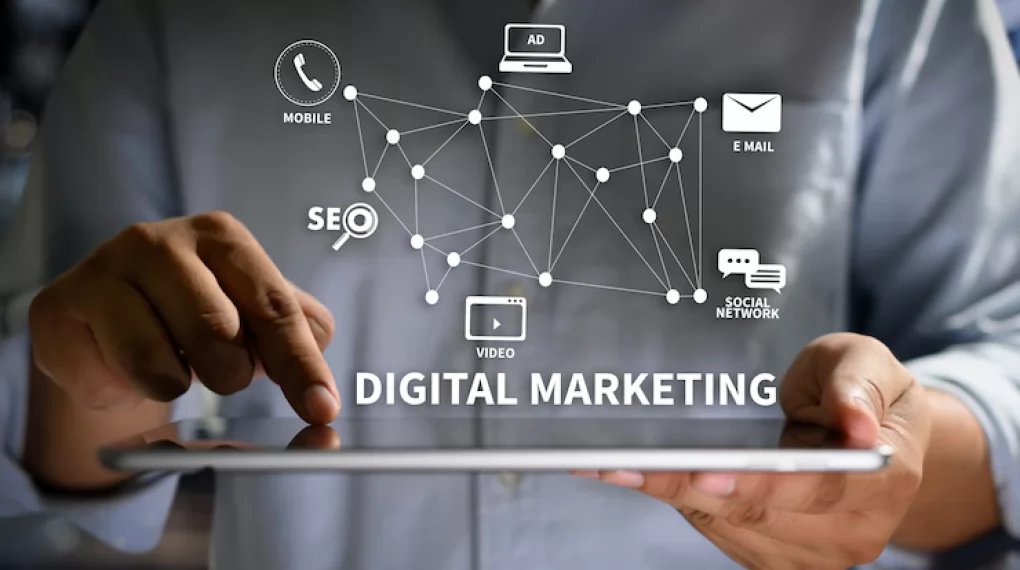
Digital marketing is one of the best ways to reach potential customers. It’s based on data about your target audience, so it can effectively drive conversions and sales.
As a result, we’ll see marketers focusing on better segmentation and personalization to deliver targeted messages to the right people at the right time. It will require marketers to understand their customers better than ever before.
The field of digital marketing continues to grow, unraveling new opportunities for businesses and companies worldwide. For example, if you want to give proper attention to the branding of your self-storage business, consider hiring professionals that understand self storage technology and help you improve your online presence.
Otherwise, there is always an option of hiring an in-house expert who can work alongside your team to create attention-grabbing content that draws more customers.
They’ll work on the following types of digital marketing to ensure the message reaches your targeted audience well.
- Search engine optimization (SEO)
- Social media marketing
- Content marketing
- Pay-per-click
- Email marketing
- Mobile marketing
- Marketing analytics
2. AI and ML
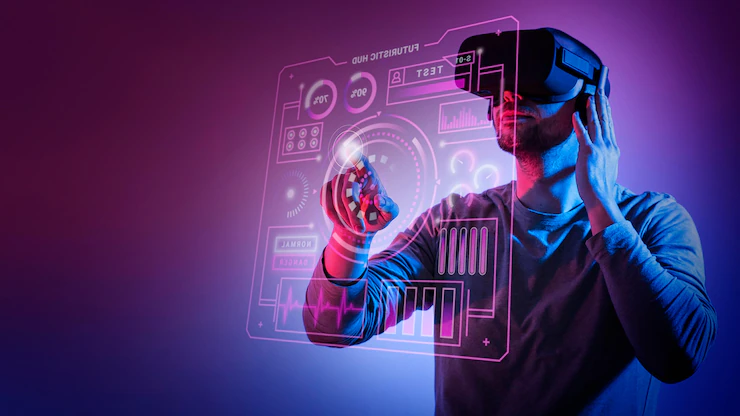
Artificial intelligence (AI) is a broad term that describes technology that mimics the human mind and its thought processes, such as learning and problem-solving. AI research has been around since 1950 when computer scientist Alan Turing wrote his famous paper on artificial intelligence.
He proposed that if a machine could pass certain tests designed by humans to measure thinking abilities, it would be considered intelligent. It opened up newer possibilities for automatization and reducing human errors.
Machine learning (ML), on the other hand, is a field of study that focuses on algorithms to identify patterns in data and make predictions based on those patterns.
ML can be applied to structured and unstructured data, making it very useful. It has found its use in almost all fields such as healthcare, cybersecurity, fraud detection, financial services, and more.
A report by McKinsey in 2000 stated that nearly 50% of the companies had adopted AI and ML in at least one component of their business. Can you imagine how ingrained these two have been 22 years later?
3. Blockchain
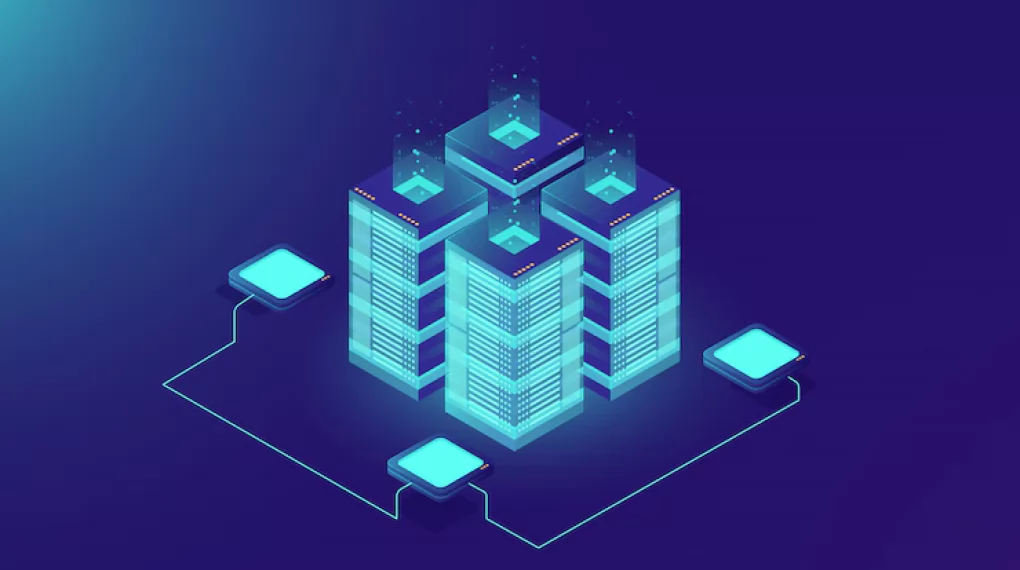
Blockchain technology is a virtual ledger that is decentralized. It records transactions across many computers. The technology offers a way to record and verify transactions permanently, protected, and transparently without the need for third parties.
You must have heard of Bitcoin. Bitcoin and all other cryptocurrencies use blockchain technology. What’s unknown to many is that this technology has many other applications beyond cryptocurrency. It can be used to manage money, property, or other assets through smart contracts.
Many companies are already using blockchain technology to streamline operations while reducing costs and improving security.
4. Internet of things (IoT)
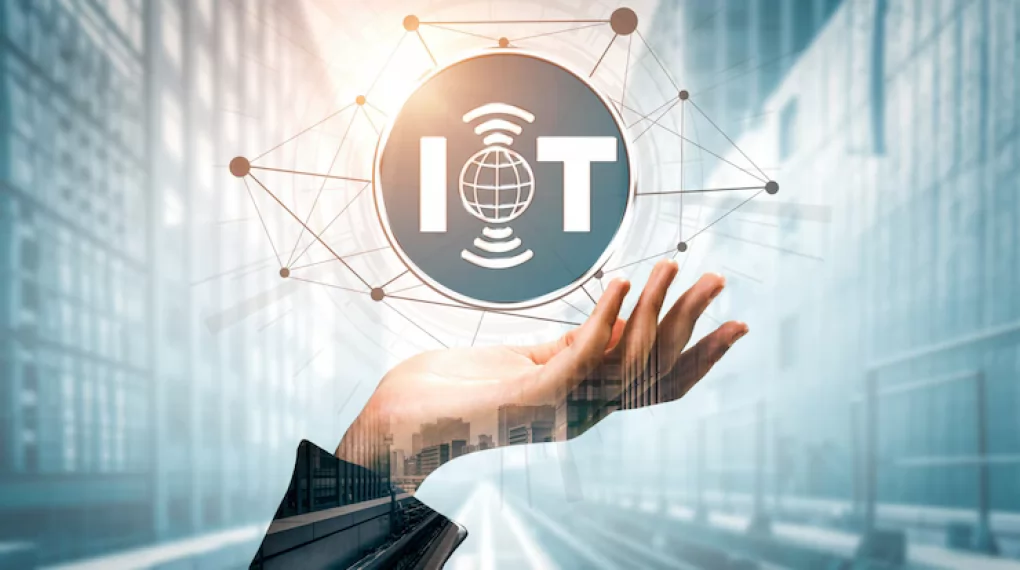
The IoT is a system composed of various devices connected via the internet. These devices use different sensors and software that enable them to collect data from all over the world that can be analyzed. Experts predict that the IoT will only gain traction, and approximately 27 billion IoT devices will be connected by 2025.
There is no limit to the use of IoT as it is not just limited to the business world. The concept of smart homes has taken the world by storm. It has allowed individuals to automate their homes to improve security and ease. Similarly, businesses and large enterprises use IoT to improve productivity and efficiency.
It can also provide better customer service by understanding their needs better. Governments use IoT to collect data on a massive scale for development and planning. They can examine factors like population, food and water supply, social services, transportation, etc.
5. Cloud Computing
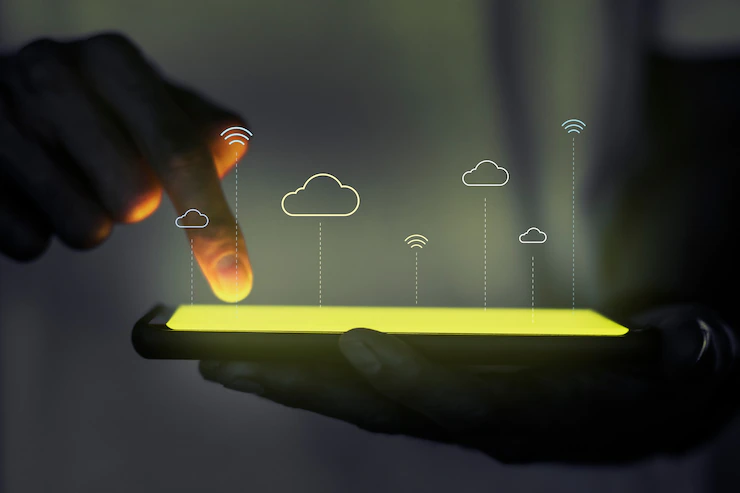
Cloud computing is a term used to describe the storage of data on servers in remote locations, which can be accessed from anywhere at any time. Cloud computing has become increasingly popular as it allows users to store their files remotely instead of on local devices.
Even if you lose your mobile, your data will be secure. Businesses are using cloud computing to save money on hardware upgrades and maintenance costs and improve efficiency by allowing them to access files from anywhere at any time.
Cloud computing has been around since the early 2000s. Still, it has only recently become an important part of the tech industry due to its affordability and convenience. Many people now use cloud-based services such as Google Drive or Dropbox to share documents with friends and colleagues without emailing large files daily. It is predicted that by the year 2025, clouds will have almost 100 zettabytes of data stored.
Conclusion
With the number of tech trends rising each year, it is important to understand them. Whether you’re in charge of making IT decisions or want an understanding of how these trends will impact business and society, understanding what lies ahead should help prepare you for the future.
Technology has finally found a permanent place in our lives, and we are moving forward with its shoulder to shoulder. The trends identified above may have an incremental impact today, but in the coming years, they will shake the pillars of technology. The advancement of technology is only getting started!
Additionals






